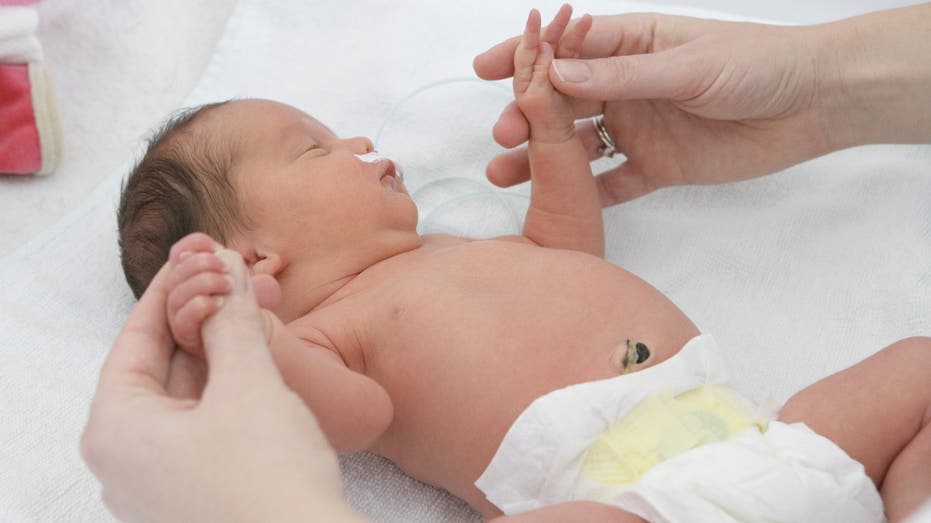Two-year-old Mallory Parsons from the United Kingdom recently met her baby brother, Rhodie, for the first time. Mom Blaise Dyer caught the sweet moment on camera. The umbilical cord — the lifeline between mother and baby — was historically discarded as medical waste after birth.
Today, an increasing number of parents are choosing to preserve the cord blood for its potential to safeguard their child's future health. The birth of a baby comes with an overwhelming number of decisions, one of which is whether to bank the newborn's cord blood cells. MEET THE AMERICAN WHO HELPED SAVE MILLIONS OF NEWBORN BABIES, DR.

VIRGINIA APGAR, PHYSICIAN AND MUSICIAN Whether cord blood banking is worth it for a family hinges on various factors, including the present health of their child, the existence of twins in the family and many other individual considerations. What is cord blood banking? Cord blood banking involves the collection and storage of stem cells derived from the blood of a newborn's umbilical cord immediately after birth. The reason is its potential life-saving abilities, as the hematopoietic stem cells found in cord blood have the unique ability to differentiate into various types of blood cells.
There are two main types of banks for cord blood: public and private. (BSIP/UIG) Preserving the cord blood cells provides an option for future therapeutic use in treating a range of diseases for the child or siblings. These stem cells are less likely to face rejection during transpl.























